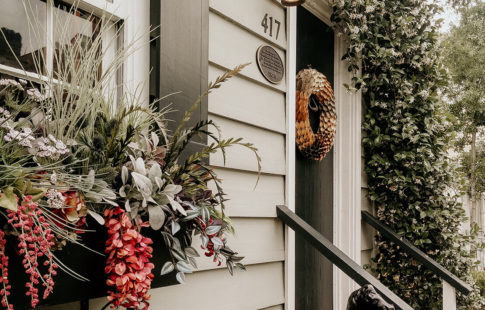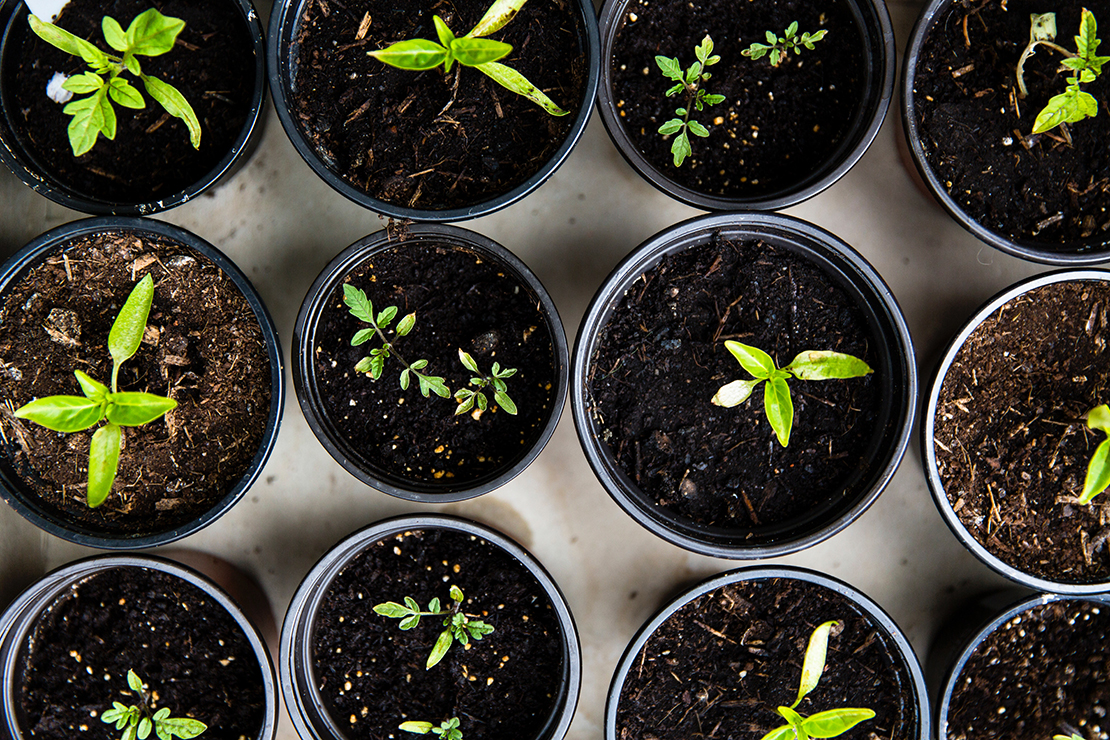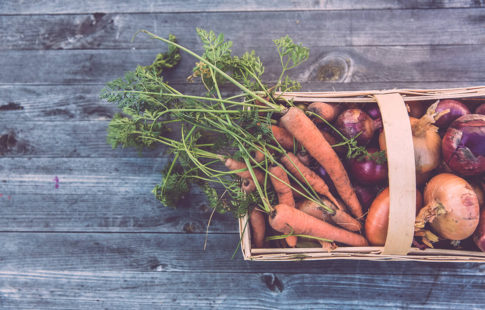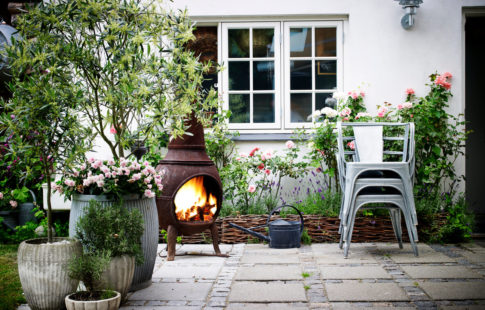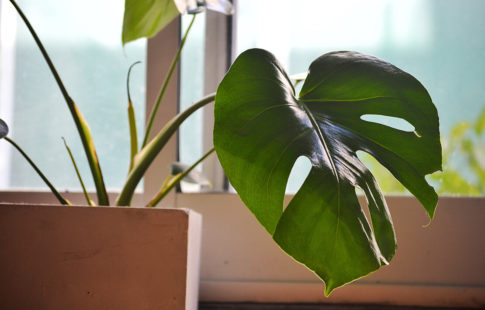Sustainable living is most broadly described as living within the resources of our planet, with particular attention given to the environment. Maybe you’ve owned a home for many years or are just moving into your first home — either way, there are a few easy changes that most of us could make to be more sustainable at home. Here are a few tips to help you get started.
1. Replace Windows
If you live in an older home, chances are, you lose a lot of air and heat to poorly insulated windows. Consider replacing your windows with a more eco-friendly option, or enhancing window insulation without using additional glass by glazing your windows. Replacing windows can be quite an investment, so if you aren’t ready, consider adding thermal-backed curtains to help reduce the amount of air that escapes through your windows.
2. Choose Native Plants & Landscaping
Watering your plants and lawn uses a lot of water, so consider landscaping your yard with native plants that are drought-resistant. When you grow plants that are native to your area, you won’t need nearly as much water to keep them alive.
3. Upgrade Appliances
Home appliances use a tremendous amount of energy, and while replacing them can be a costly investment, swapping out your appliances for more sustainable options will cut down on the amount of water and energy used to power them. Not sure where to start? Refrigerators and clothes dryers tend to have the highest operating costs each year.
4. Use Non-Toxic Cleaning Products
Many conventional cleaning products contain ingredients that are toxic and harmful to the planet, so switching to non-toxic, natural cleaning products is an easy way to make a difference. Consider cleaning with a brand that is non-toxic or using natural products you might already have at home to clean with – like vinegar, baking soda, and lemon juice.
5. Consider A Compost Bin
Food scraps and yard waste make up around 30 percent of what we throw away, but by composting, we can keep these items out of landfills and instead use them to nourish our gardens. Often misperceived as complicated, composting can be done very simply. Start with what is considered “cold” composting – meaning yard waste, fruit and vegetable peels, coffee grounds and filters, and eggshells. Overtime, these things will decompose.


